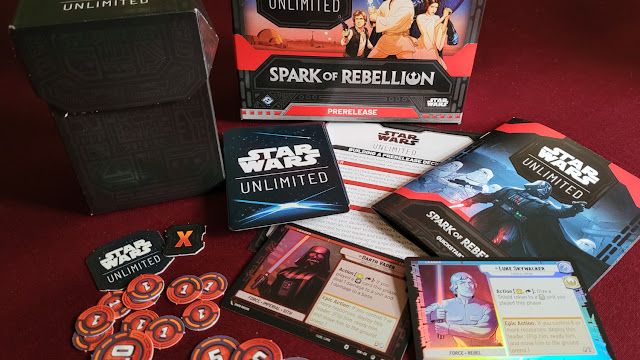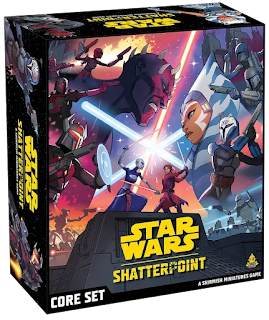"I've played...questionable games."
"Also extraordinary games. But maybe it's time for some new ones..."
I love buying new games. There is something magical about peeling off the shrink wrap, punching out the tokens, and wading through a new rulebook (to say nothing of the dopamine-like effects of new game smell). Of course, with a limited amount of space and an even more limited amount of time, if I'm going to continue buying new games that means I have to get rid of old ones. It should be easy enough to figure out what games I'm not playing any more, especially since I track and rate everything I play on BoardGameGeek.
Invariably when I comb through the shelves looking at games I've done lukewarm reviews of, I get a sort of reverse Marie Kondo thing where the low rated games spark joy in the form of "I might want to play that again one day." Even stranger, I sometimes find that high rated games are greeted with indifference, or worse, an enthusiastic "I'm tired of this game, it does not spark joy. Let's get rid of it."
A recent example of this phenomena was Roll Player. This was a game that I played at a convention and enjoyed enough to immediately buy a copy. I continued to play and enjoy it, even chasing down the two expansions and a host of promo cards, surely a sign of a high level of enthusiasm. But according to my BGG stats I haven't played it since January of 2021, and looking at it on the shelf I honestly have no desire to. Why is that, I wonder?
Roll Player isn't the only victim of my fickleness. I've had similar reactions to Jarl: the Vikings Tile-Laying Game (even while in the midst of rewatching Vikings), and Mansions of Madness. The decision to part with Mansions of Madness is particularly puzzling as it's the sort of pseudo-roleplaying game I tend to enjoy, and I had a significant sunken cost -- not only did I buy all the expansions, I spent considerably time painting all the miniatures. But part with it I did, and gladly.
When considering these and other 5-star games that I've since let go of, I could trot out all kinds of justifications for not wanting to play them (or have them in my collection) any more, but that's not the question I want to answer. What's really got me baffled is why I would get rid of 5-star reviewed games while keeping 3-star ones like Jurassic Park Danger or Paladins of the West Kingdom.
I think it comes down to the excitement of the new. A game comes along that does something differently, which is fun for a while, but on repeated plays you find that it just does that same new thing over and over, which soon stops being exciting. It's a good argument for spending a little time with a new game rather than reviewing it after one or two plays. At the same time, I sometimes find that I would like to give a game a better review after playing it more.
Or maybe it's just that they can't all be 5-star games. We need the less compelling filler games to keep from burning out on the ones that are truly great. We also need something to bring out when our non-gamer friends and family come for a visit...







































